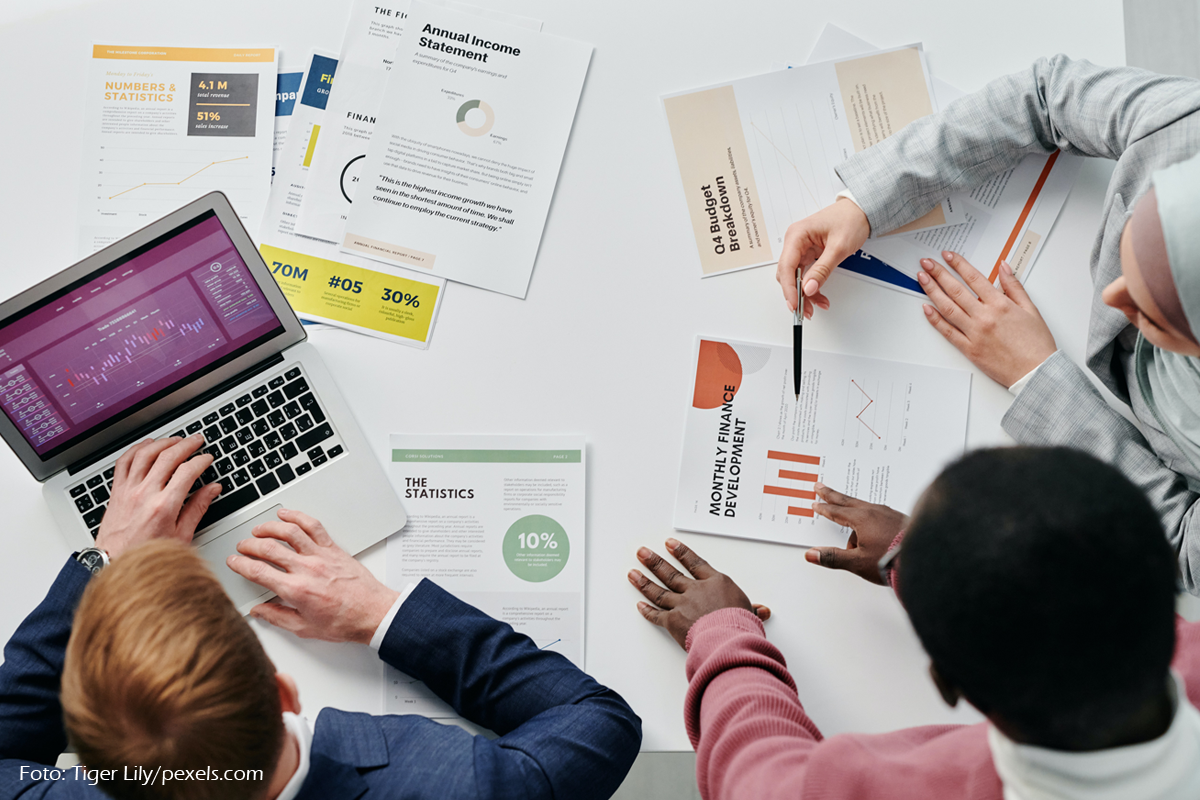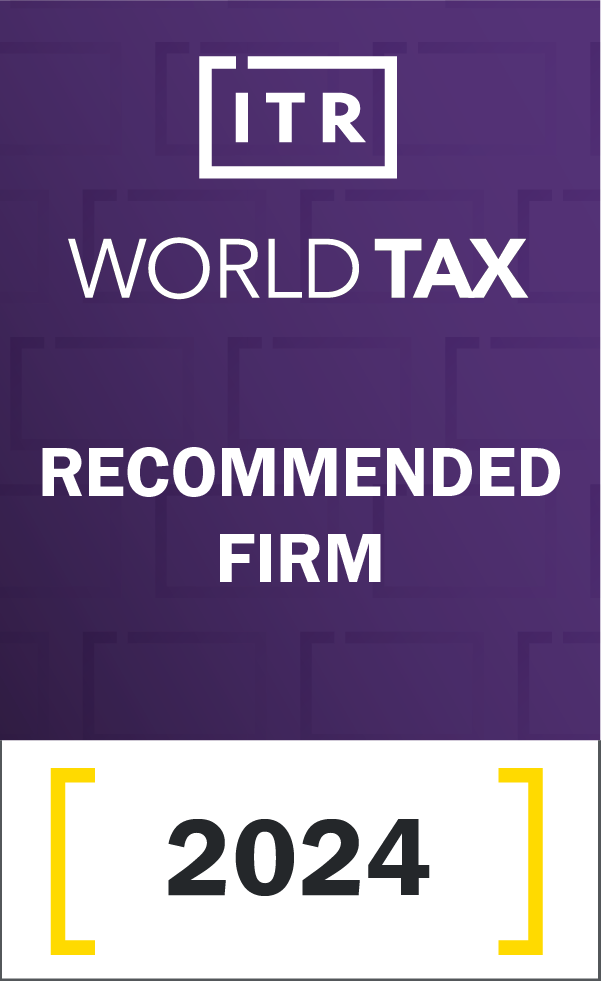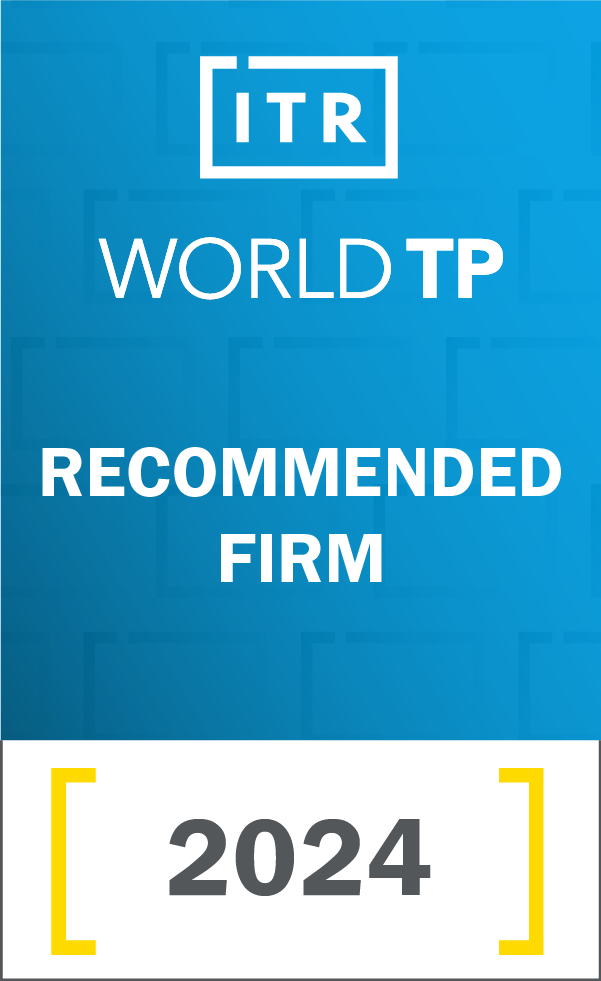Understanding Three New Transfer Pricing Methods in Government Regulation Number 55 of 2022
Annisa Pratiwi Bulkaini & Farah Dita Permatasari
|
Wednesday, 25 January 2023

How to determine the fairness of a special relationship transaction is now increasingly diverse, after the government released three new transfer pricing methods in Government Regulation (PP) Number 55 of 2022.
For information, the transfer price is the price in a transaction that is affected by a special relationship. So it is necessary to ensure that the use of these prices is in accordance with the arm's length principles practice using certain methods.
In the regulation which came into force on 12 December 2022, there are three methods for determining new transfer pricing, including, first, the comparable uncontrolled transaction method.
Second, the tangible asset and intangible asset valuation method. Third, the business valuation method.
Read: Understanding the Arm's Length Principles and its Consequences in Transfer Pricing
These three methods complement the other five methods that have been commonly used and apply in accordance with Article 18 paragraph (3) of Law Number 36 of 2008 concerning the Fourth Amendment to Law Number 7 of 1983 on Income Tax. The five methods include:
- comparable uncontrolled price;
- resale price method;
- cost plus method;
- profit split method; and
- transactional net margin method.
PP Number 55 of 2022 also at the same time emphasizes that other types of methods can be used by taxpayers in applying the arm's length principle, not only in applying the APA Implementation Procedures. To understand the three new methods, see the description below:
1. Comparable uncontrolled transaction method
Actually, the comparable uncontrolled transaction (CUT) method is not a completely new method. This method has existed since the United States revolutionized the transfer pricing method in 1994, through the US Treas Reg. 1,482.
Generally, this method is used in analyzing intangible asset transactions, by comparing the royalty rate agreed between the two affiliated parties, with the royalty rate of similar intangible assets.
In addition, the use of this method has also been explained in Paragraph 3.24 of the Organization of Economic Co-operation and Development (OECD) Transfer Pricing Guidelines 2022 and Minister of Finance Regulation (PMK) Number 22 of 2020.
According to the OECD, Transfer Pricing (TP) Guidelines 2022, CUT is a transaction between two uncontrolled parties that is comparable to a related transaction. Technically, this can be done using comparable transactions between one affiliated party and an independent party (internal comparison data) or between two independent, unaffiliated parties (external comparison data).
Meanwhile, according to PMK Number 22 of 2020, the CUT method can be carried out by comparing the price or profit of the transaction on a certain basis, between transactions that are influenced by special and independent relationships, such as interest rates, discounts, fees, commissions and royalty percentages on sales or operating profit.
2. Valuation method for tangible assets and/or intangible assets
The existence of Government Regulation number 55 of 2022 actually reaffirms the use of the valuation method for tangible and intangible assets as a method that can be used to analyze the arm's length of affiliated transactions.
This is because the use of this method has basically been regulated in DGT Circular Letter Number SE-05/PJ/2020, as a series of activities to determine a certain value for an object of appraisal at a certain time.
The assessment is carried out objectively and professionally based on a standard, to implement the provisions of laws and regulations in the field of taxation including the arm's length principle analysis.
In addition, the use of this method has also been regulated in PMK 22 of 2020 as a valuation standard that applies to related transactions with certain characteristics such as:
- transactions for the transfer of tangible and/or intangible assets;
- tangible property rental transactions;
- transactions in connection with the use or right to use intangible assets;
- transactions for the transfer of financial assets;
- transactions for the transfer of rights in connection with the development of mining areas and/or other similar rights; and
- transfer transactions of rights in connection with the development of plantations, forestry, and/or other similar rights.
3. Business valuation method
The business valuation method has previously been explained in PMK 22 of 2020, which is a method that can be used to assess the characteristics of transactions that are affected by special relationships, including the following:
- transactions related to business restructuring, including the transfer of functions, assets and/or risks between Affiliated Parties;
- transactions for the transfer of assets other than cash to companies, partnerships, and other entities as a substitute for shares or equity participation; And
- transactions for the transfer of assets other than cash to shareholders, partners, or members of companies, partnerships, or other entities.
Waiting for Technical Rules
Unfortunately, the additional three methods have not been supported by derivative regulations that explain the technical instructions for implementing each of these methods.
Nevertheless, the introduction of the new method is a good thing for taxpayers as it shows the government's commitment in addressing transfer pricing risks by expanding method options to taxpayers.


